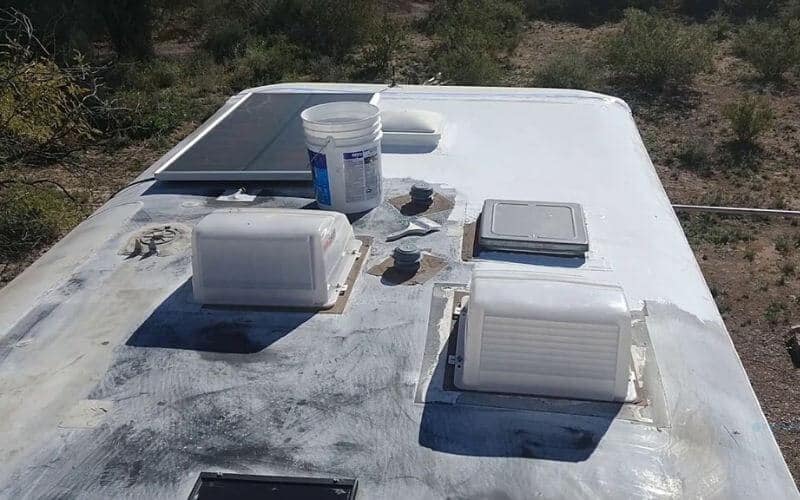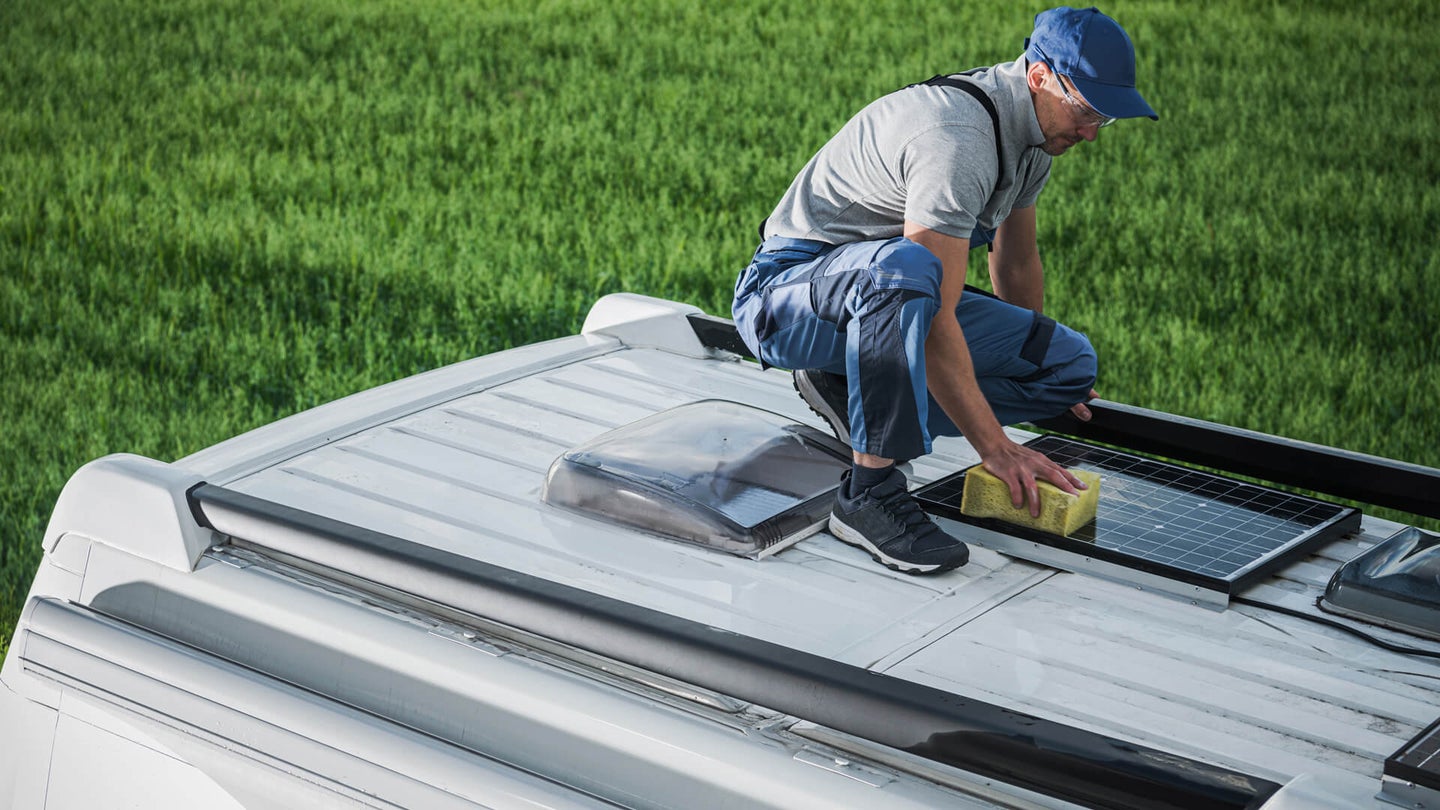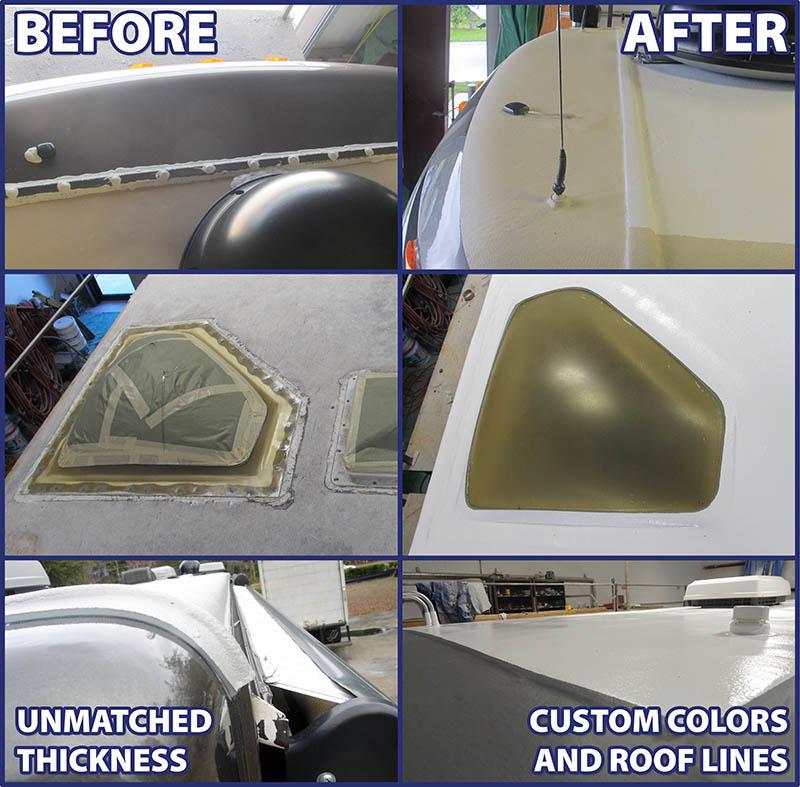Many RVers are very choosy about the kind of roof they’ll install on their rig. Some will prefer fiberglass, others will want metal, while still others will choose the cheaper option of a used rubber roof (and spend the savings on beer or a new GPS unit). Whatever you choose, make sure you understand your options and do your research before purchasing a roof for your RV.

Best roof for rv
RVs are a unique type of vehicle that requires special care. The roof is the most important part of your RV, as it provides protection from the sun and weather. Over time, it may suffer damage due to exposure to the elements. If you want to keep your RV in good condition and make sure it lasts for years to come, then you need to maintain its roof properly.
If you have an RV that needs repairs or a new roof, then this article will help you determine what type of sealant is best for your vehicle’s needs. We’ll also explain how to clean and repair your RV’s roof so that it looks like new again!
The best way to keep your RV’s roof in good condition is by cleaning it regularly. This can be done by using mild soap and water or vinegar mixed with water if there are oil stains on it. Cleaning the entire surface of the vehicle’s exterior once every two months will help prevent dirt buildup and damage from occurring over time.
You can also use a pressure washer on low setting if there is excessive dirt buildup on your RV’s exterior surface that cannot be removed by brushing alone. This will ensure that all dirt particles are removed from under moldings and other areas where they might collect over time.

Best sealant for rv roof
The best sealant for your RV roof will depend on several factors. Your RV’s make and model, the type of insulation you have in your RV and the condition of your roof are all important factors to consider before buying a sealant.
The most common type of sealant is rubberized asphalt, which is also known as EPDM or ethylene propylene diene monomer. This type of sealant has been used for decades on both residential and commercial roofs. It’s durable and flexible, which makes it ideal for use on RVs because it can expand with movement without cracking or tearing away from the surface.
Rubberized asphalt is also water resistant, meaning it won’t absorb moisture from rain or snowfall like some other types of sealants can do over time. Rubberized asphalt is available in many different thicknesses depending on how much protection you need from the elements: The thicker the layer, the more durable it will be but also the more expensive it will be since more material is required to cover a given area.
When choosing what thickness of rubberized asphalt to use on your RV’s roof, consider how much weight that layer adds to your vehicle and whether it could affect its handling.
Best way to care for your RV roof
The roof of your RV is one of the most important parts of the vehicle—it protects you from the elements, and it’s where you’ll spend a lot of time during your trips. With this in mind, it’s good to know that there are several ways to take care of it.
If you’re looking for the best way to care for your RV roof, here are some tips:
Clean it regularly
One of the best ways to keep your RV roof in good condition is by cleaning it on a regular basis. You can use mild detergent and water, or a clear wax-based cleaner (like Armor All) if you want something that will protect your paint job as well as clean it up.
Check for leaks
It’s important to check for leaks regularly because they can damage your interior and cause mold growth inside your vehicle. Check around windows and doors especially since they’re more likely to leak than other areas. If there are any leaks, fix them immediately by replacing damaged seals or caulking around windows or doors where necessary. This will help prevent further damage inside your vehicle but also save money on repairs later down the road if left unchecked!
